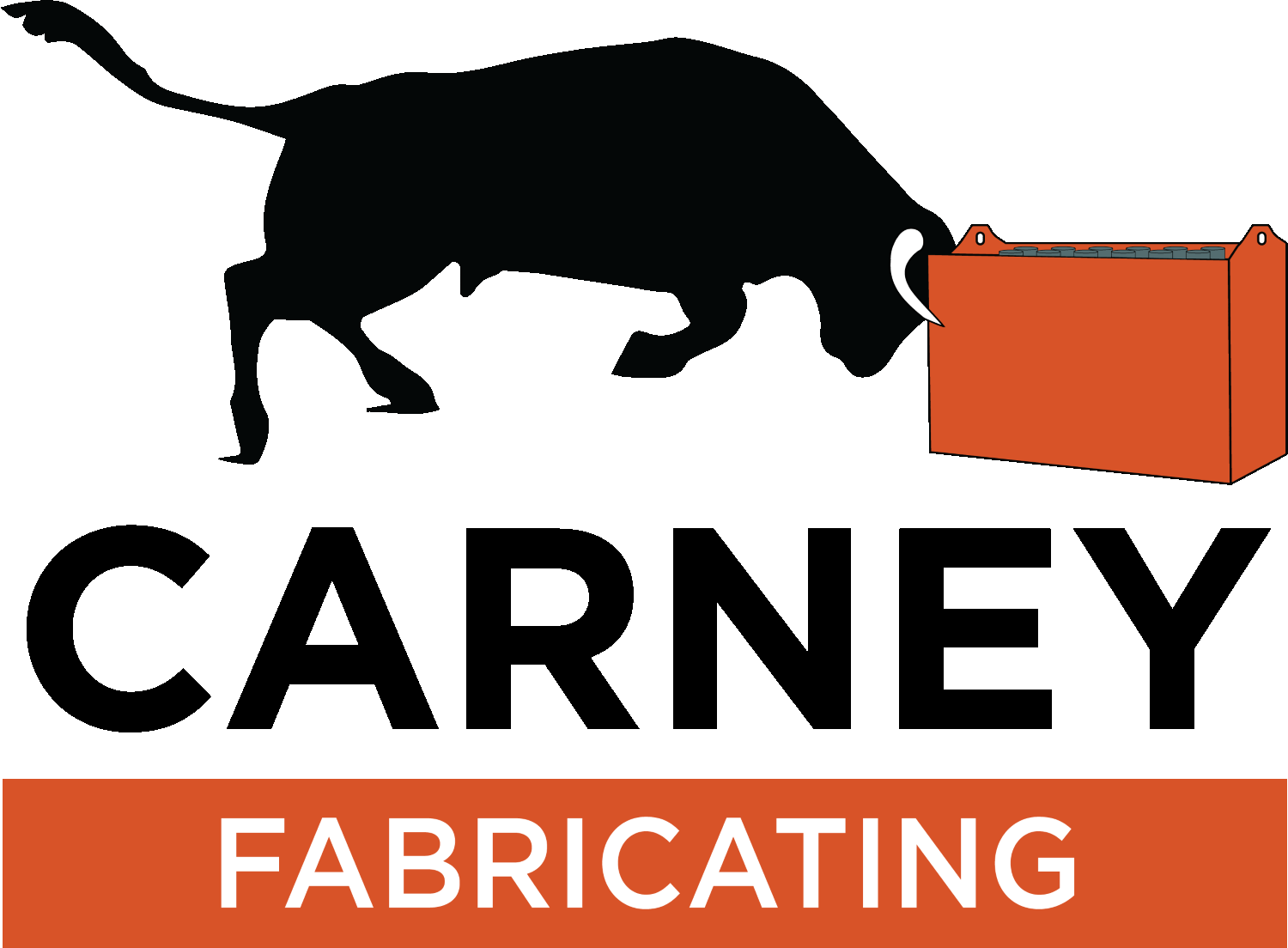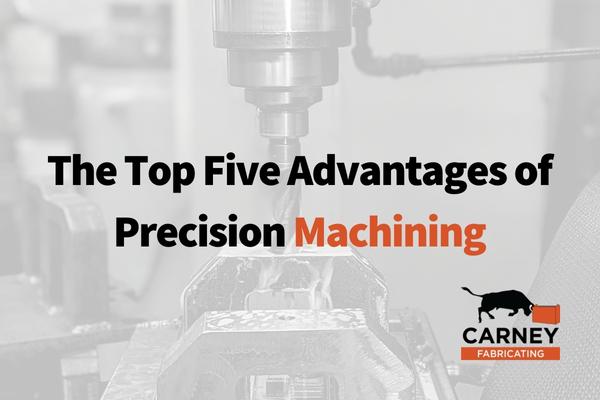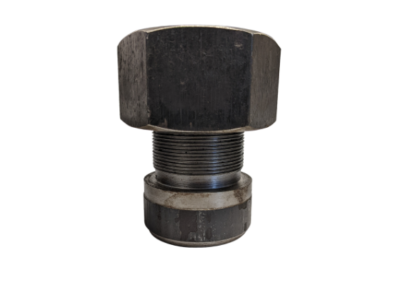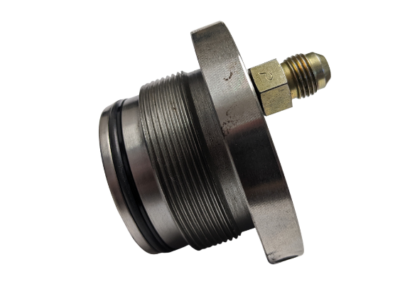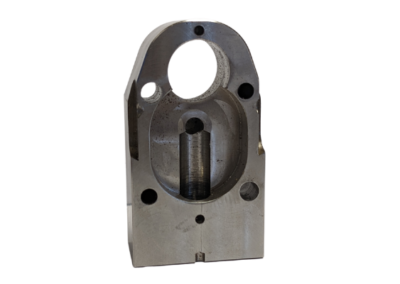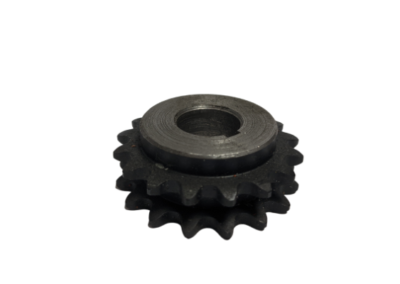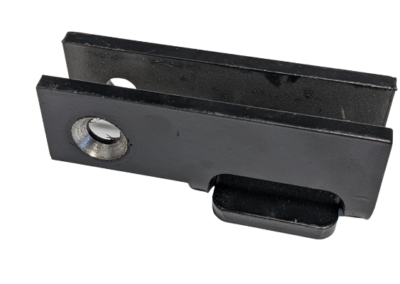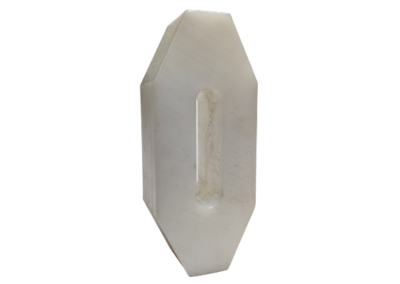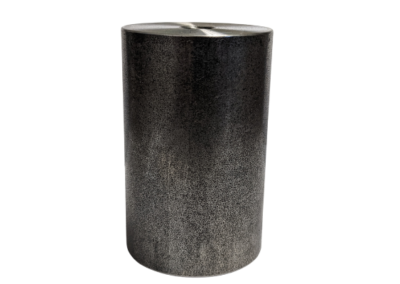Modern machining like most other specialties nowadays is carried out by computers. The process involves spinning and milling non-ferrous and ferrous metals into different shapes and sizes to fabricate finite products. Traditionally machining was achieved with the use of relatively rudimentary tools such as hammers and blades but has since evolved to use computerized numerically controlled (CNC) machines. There are several advantages, and here are our thoughts on the top five.
1. Quality & Accuracy
Having consistent quality products can prove difficult but is valuable not only in safety and design but also in reducing waste. This skill almost always leads to consistent product output and can produce a much higher volume of product in less time. Millimetres can make all the difference for manufacturers, especially when applied to product development. Prototypes can be provided using the same equipment to ensure performance before execution, ensuring quality and accuracy.
2. Efficiency & Speed
Precision machines can outperform humans in terms of speed, accuracy and overall output increasing the speed at which products can be produced. This means that manufacturers can rely on less labour to process parts, improving product quality and reducing production costs. These efficiencies for the manufacturer trickle down to buyers, distributors, and customers of all types.
3. Minimal Errors & Reduced Waste
Although manufacturing is subtractive and likely to produce material waste, precision machining significantly lowers waste. Human error is inevitable; however, the proper equipment has proven its value time and time again nearly eradicating errors in manufacturing, especially when applied to products of higher dependency like parts or vehicle modifications.
What Machines Are Used?
Due to the nature of machining, well-trained technicians must create files with very precise specifications which enables machinists to accurately follow computer-aided designs (typically CAD or CAM) to create 3D drawings needed for product parts.
Machines typically used can include:
- Broaching
- Grinding
- Planer
- Gear shapers
- Honing
- Milling
- Hobbing
- Drills
- Lathes
With quality, a top-tier priority for machining specialists inspection equipment is also used to ensure accuracy and can include callipers, altimeters, micrometres, hardness testing equipment, CMM and microscopes.
4. A Wide Range of Materials
Machined products are created with several materials including composites, plastics, foam, metal, and graphite. The possibilities are endless when it comes to machining as the services are used in industries of all types including but not limited to aerospace, transportation, marine, medical, manufacturing, the military, agriculture, and construction.
5. Improved Safety
The moving parts, sharp edges and hot surfaces have always been a cause for concern when it comes to workplace safety. However, the introduction of new guidelines and technological advancements within the manufacturing space has helped streamline machining efforts across North America. Operators interact with the machines as little as possible and new OSHA guidelines ensure that proper safeguards are used on all machines manual or CNC. Outsourcing machining efforts truly mitigate risk and allows for the reallocation of employees to other roles in the manufacturing process.
Ultimately, machining is a form of manufacturing that results in precision components entirely customized for optimal compatibility. Thanks to these advantages, machining is suitable for a wide range of applications.
Visit our new services webpage to learn more: www.carneyfabricating/services/
Or call our machining team directly at 647-466-4429
